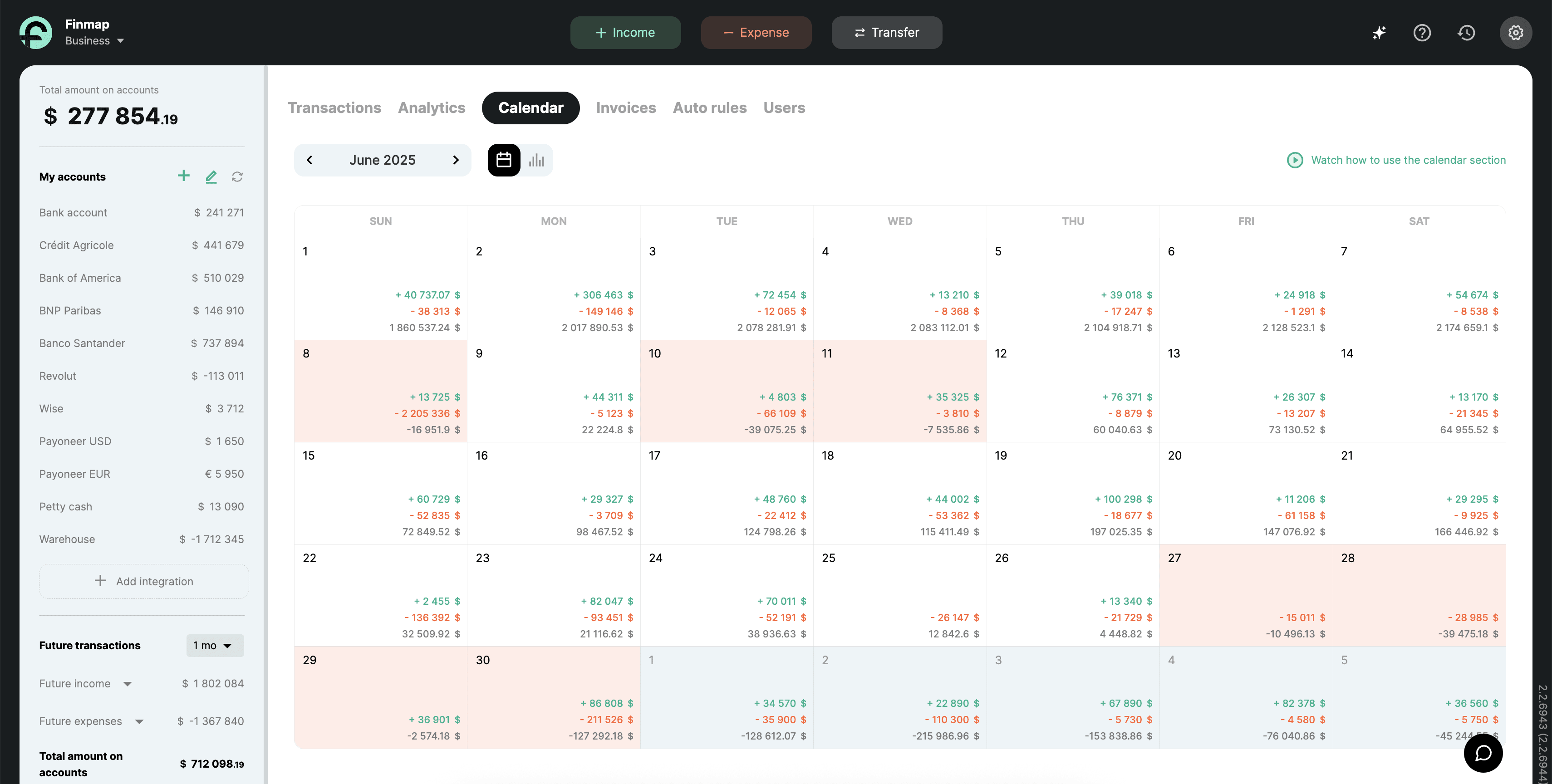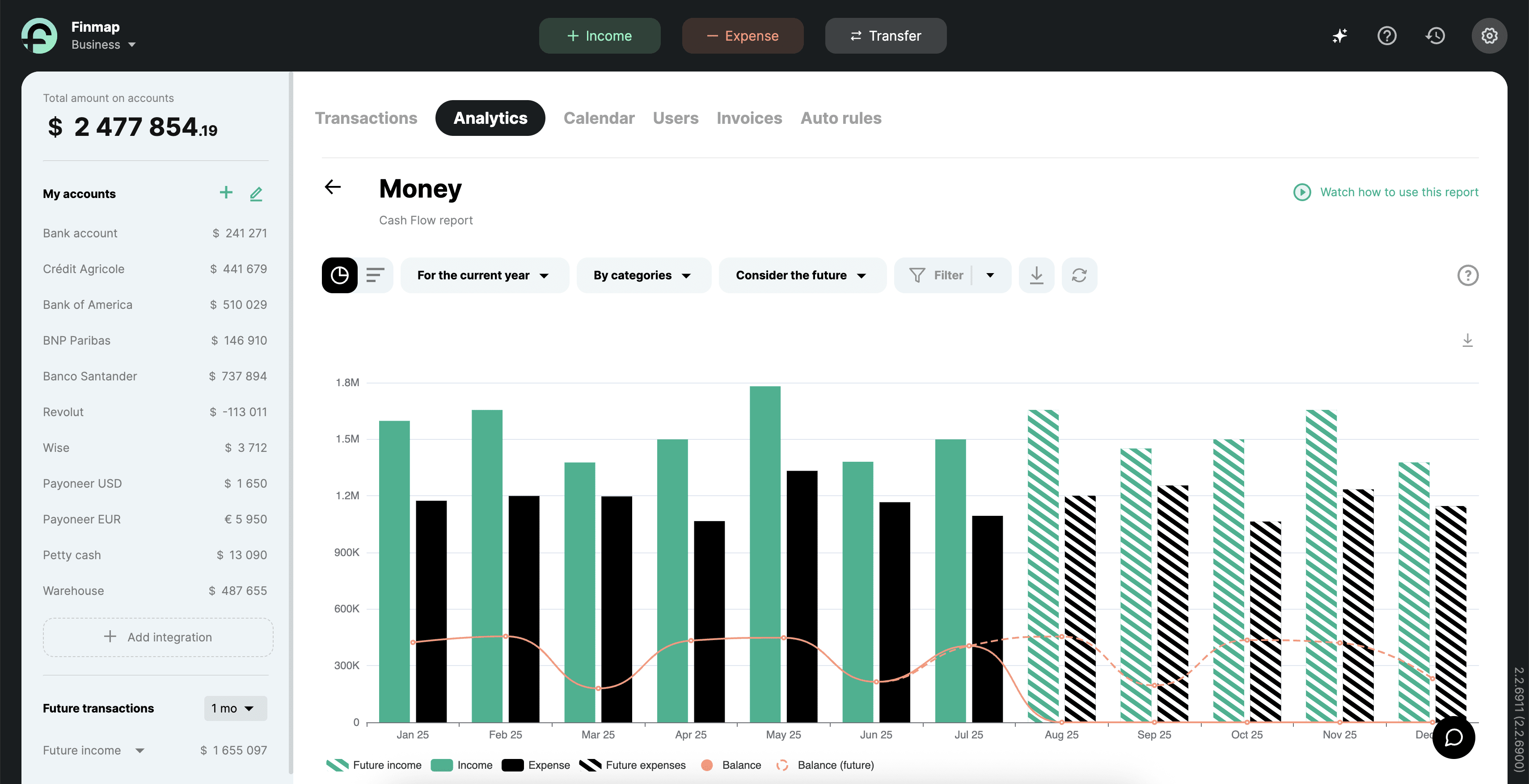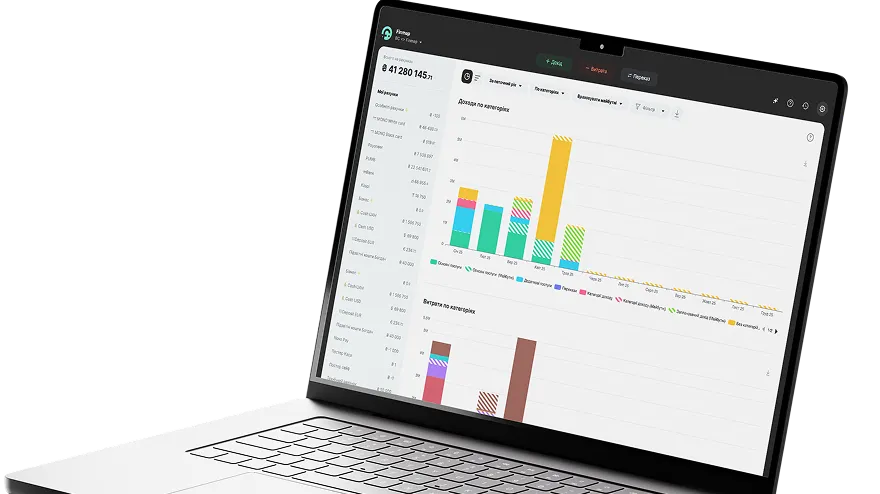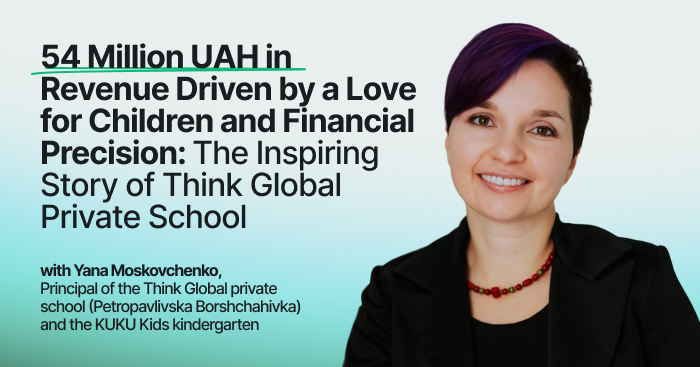From Excel to Full Control: KLEI’s Financial Transformation
A creative product, loyal customers, and a dedicated team — that’s enough for inspiration. But not for scaling.
Without structured financial management, it’s impossible to make informed decisions: where to invest, what to grow, and what to cut.
KLEI printed stickers for well-known clients, sold abroad, received customer praise, and managed everything — except one thing: understanding where they were actually making money and where they were losing it.
As the bank account neared zero while orders kept growing, one question emerged:
Are we actually making money — or just keeping busy?
KLEI: Built on Meaning, Geared for Growth
KLEI is a Ukrainian brand of durable stickers founded in 2017. Instead of mass production, they focused on quality and product value. The company began with a compact team of 10, operating like a family business.

Thanks to founder Mykyta Anikanov’s creative yet pragmatic approach, the business quickly gained momentum, soon landing clients like Reface, Wix, Banda Agency, Wikimedia, and others.
When Finances Become a Bottleneck
On the surface, everything looked great: stable orders, international clients, high quality. Customers in Canada placed orders and were willing to wait weeks for delivery — all without additional marketing.
But in 2021, growth seemed to hit an invisible ceiling. Mykyta realized the core issue was finances. There was no understanding of how much the business was actually earning. Some months showed profit, others ended in the red — and it was hard to explain why.
The causes:
- Cash gaps caused by mixed payment methods
- Unclear cost structure due to order variety
- No single system to show where the business was losing money
At the time, KLEI handled widely varying orders — from 1 to 10,000 stickers, contour-cut, bundled, or corporate.
But they lacked analytics to show which orders were profitable and which were dragging them down. To get clarity and build a foundation, Mykyta decided to implement Finmap.
I want to build a company that’s reliable and doesn’t collapse at the first crisis. That takes time. And finances have always been my weak point — it was really difficult for me. — Mykyta Anikanov, founder of KLEI

From Spreadsheets to a System: What Changed with Finmap
In summer 2021, Mykyta explored Finmap. By autumn, as the business season kicked off, the company fully implemented the system: centralized financial management and shut down Excel spreadsheets.
Key tools and decisions that immediately made an impact:
- Consolidating all data in one system
Before Finmap, financial management was fragmented: separate accounts, spreadsheets, and mental notes. This created constant stress — will everything add up? Do we have enough cash? Did we miss anything?
Before, I’d be calm for two days and then stressed for two weeks. Now it’s the opposite — I’m always calm. — Mykyta Anikanov, founder of KLEI
- Managing accounts receivable
KLEI often worked without prepayment to speed up the process and secure orders. Late payments seemed rare, but in reality, they caused serious cash gaps.

Money was supposed to hit the account, but delays broke the operational rhythm. Thanks to the Payables report and Payment Calendar, the company identified this weakness and made a clear decision.
After implementing financial management, I saw in Finmap that we really had receivables. So we just said: okay, from now on — prepayment only. — Mykyta Anikanov, founder of KLEI
- Full control over balances and Cash Flow
Finmap allowed KLEI to see their financial state in real time: how much cash is in the account, which payments are pending, what’s coming tomorrow. This eliminated the constant background anxiety of “feeling” finances — now there are numbers, graphs, and dates.
I open Finmap, see the balance, upcoming expenses, still in the black — and move on. Before, I had to check three bank accounts, spreadsheets, notes — and still be unsure. — Mykyta Anikanov, founder of KLEI

- Categorizing orders
To dive deeper, KLEI created a category structure in Finmap: separate categories for individual stickers and sticker packs. This revealed profitability by product type — not just at the business level, but by direction. They saw what to scale and what to rethink.
Before, we just looked at the total: money came in — so we were fine. But once we started dividing by order types, we saw that not everything was equally profitable. — Mykyta Anikanov, founder of KLEI
Developing Financial Literacy
Finances were Mykyta’s weak spot — the topic always made him anxious. Alongside Finmap, he completed the “Business Money” course. This allowed him to both delegate operations and personally understand how business finances work.
I used to constantly wonder — will everything add up, will there be enough? Now I understand where those questions come from — and how to answer them. — Mykyta Anikanov, founder of KLEI
Combining automation with personal involvement gave Mykyta what he needed most — confidence. He no longer relies on intuition. He makes decisions based on reports and real data.
This shifted not just the finances, but the entire business management approach.
A Financial System as a Prerequisite for Scaling
After configuring Finmap and delegating operations, the system became a steady anchor for the team. All key financial data was in one place, clearly structured by category, and accessible anytime.
This freed up time for what truly matters to a founder: growth, strategy, expansion.
So in 2025, KLEI reached a new level of scaling:
- Raised investment.
- Started building their own production facility.
- Opened new accounts.
- Launched a new financial structure aligned with their growth.
This growth would’ve been impossible without a working financial system already in place — they didn’t have to build from scratch.
When You Know the Numbers — You Know Where You’re Going
Next up: completing their production facility, stabilizing processes, and preparing to enter new markets. Finmap remains central — providing structure, control, and a foundation for every next move.
In the end, Mykyta offers a simple but practical takeaway:
Spend time on finances weekly. Even 30 minutes analyzing the numbers gives you more than guesses or gut feeling. A founder should know what every number means — and make decisions based on facts.
What You Can Learn from KLEI’s Story
Your business might resemble KLEI’s: a solid product, loyal customers — but inside, no clear view of expenses, constant cash gaps, and a lingering sense that something’s off.
KLEI stopped in time, looked into their finances — and saw the real picture. That gave them the confidence to scale, raise investment, and grow with clarity.
If you're reading this, you're probably on the path to financial clarity.
Here are a few lessons KLEI learned — so you don’t have to go through it blindly:
- No system = no control.
- Profit “by feel” = risk of a cash gap.
- Order in finances = not about Excel, but about automation, consistency, and the right tool.
Do what KLEI did: don’t wait for a crisis to get organized.
Try Finmap and see how business changes when financial clarity arrives.
Frequently Asked Questions
1. Why did a company with stable orders still face financial trouble?
Because orders ≠ profit. KLEI lacked a system to show what actually brings in money and what just adds turnover. This led to cash gaps and unclear costs.
2. What action creates immediate impact, regardless of industry?
Centralizing all accounts, income, and expenses in one system — and reviewing them daily in one window. This reduces chaos, brings clarity, and removes the risk of forgetting something.
For KLEI, that was the point where real control began. It works for any business, any niche.
3. Is Finmap suitable for small or creative businesses?
Yes. KLEI is a small business with a creative product. Such companies often operate on intuition. Finmap lets you stay creative — while seeing the real money.
4. What if I don’t understand finances?
Mykyta from KLEI wasn’t a finance expert either — and he says so. He delegated the bookkeeping, took a basic course, and learned to read reports. Finmap is made for founders who want clarity without getting lost in routine.
5. What results did KLEI achieve after organizing their finances?
They raised investment, launched their own production facility, built a new financial structure, and upgraded operations — all based on data, not assumptions.






